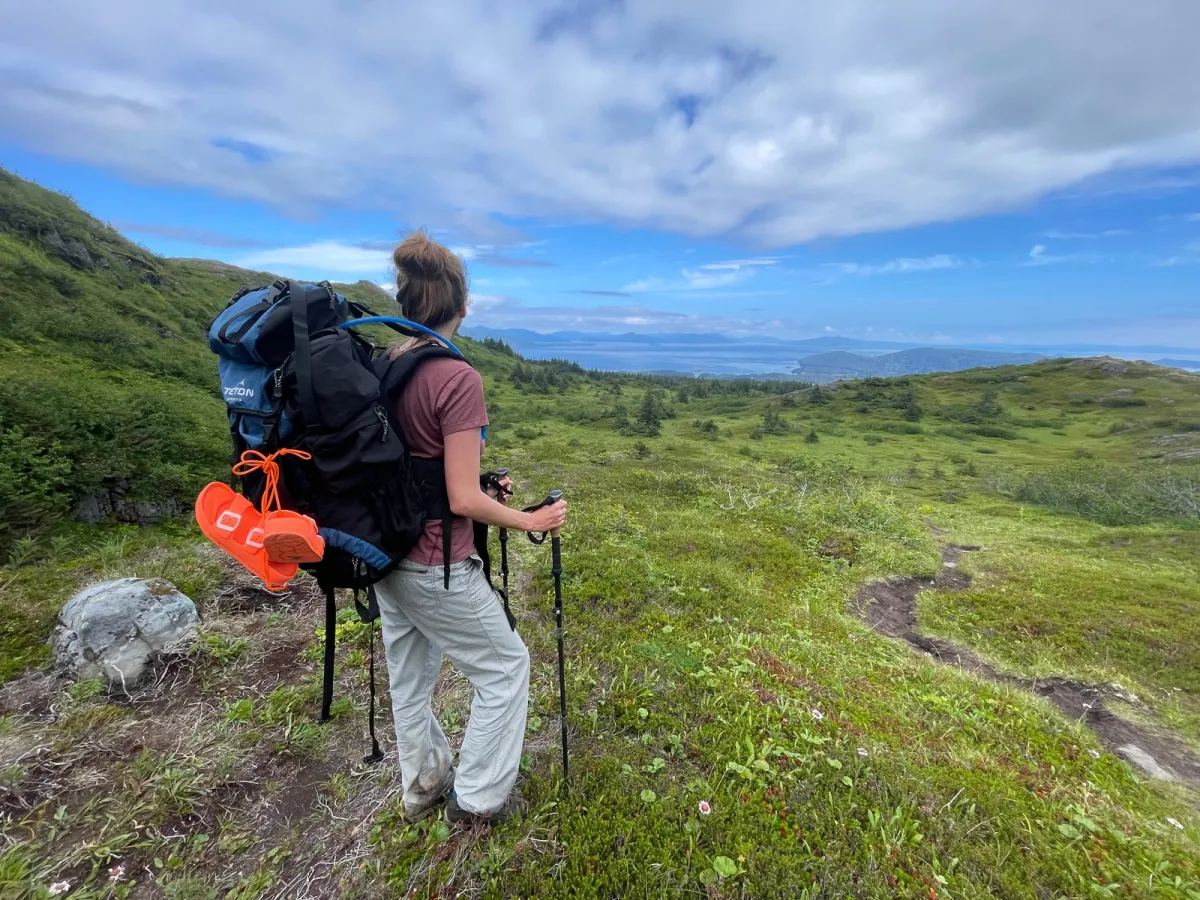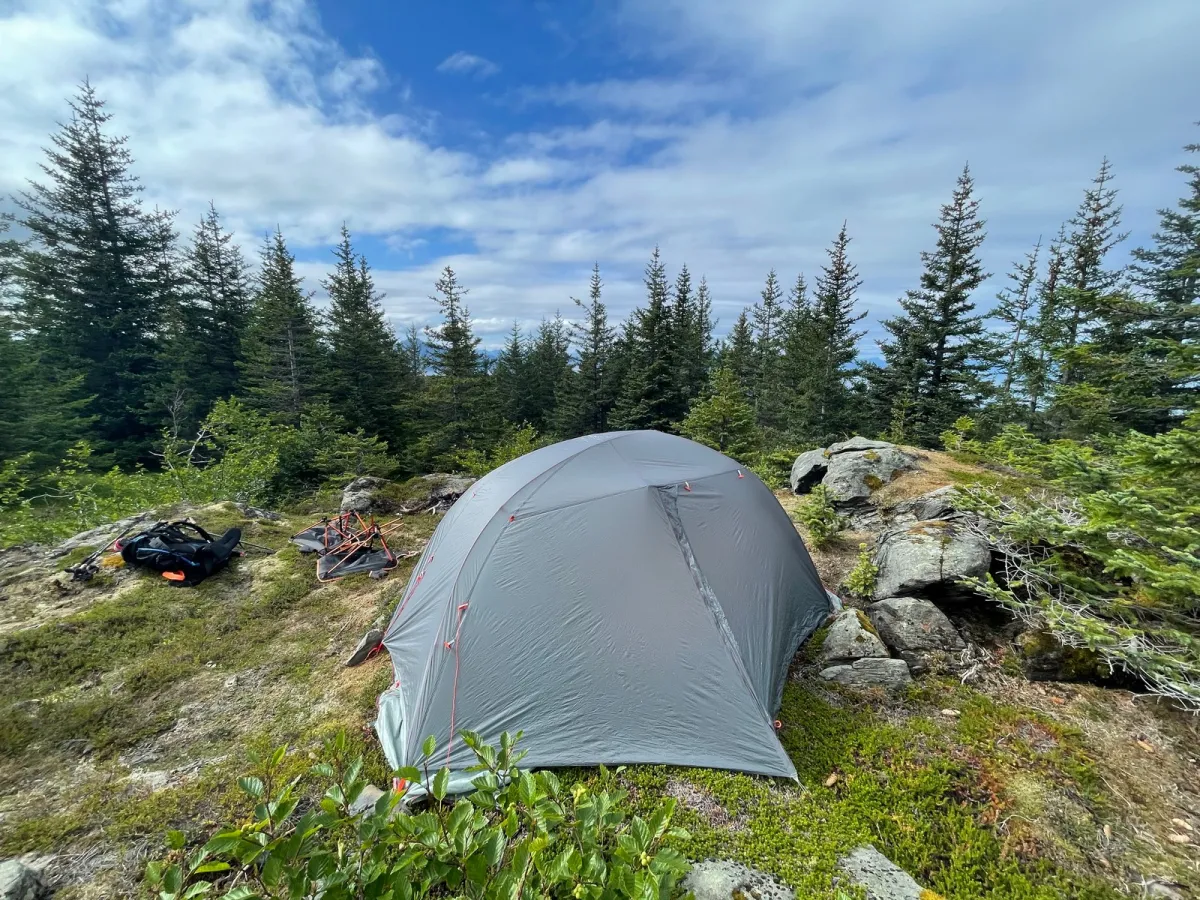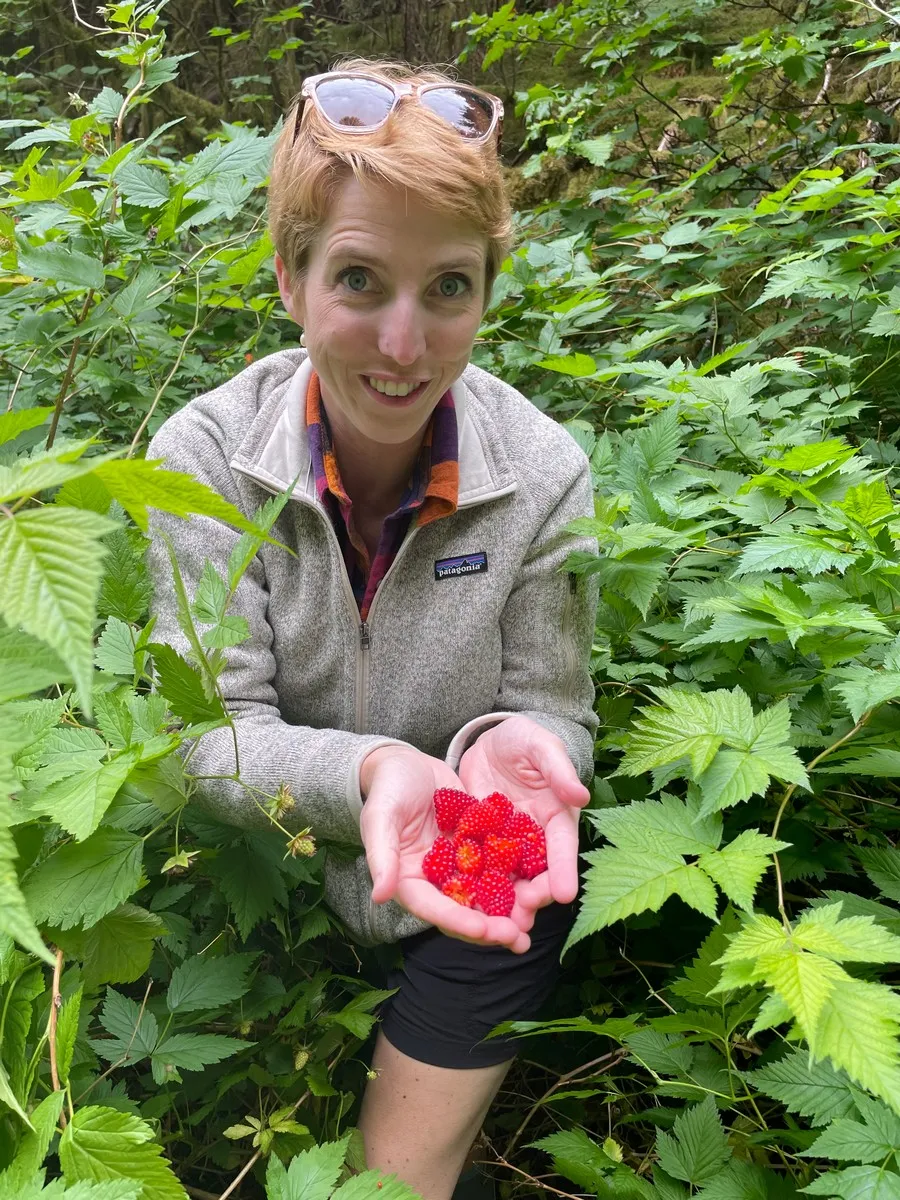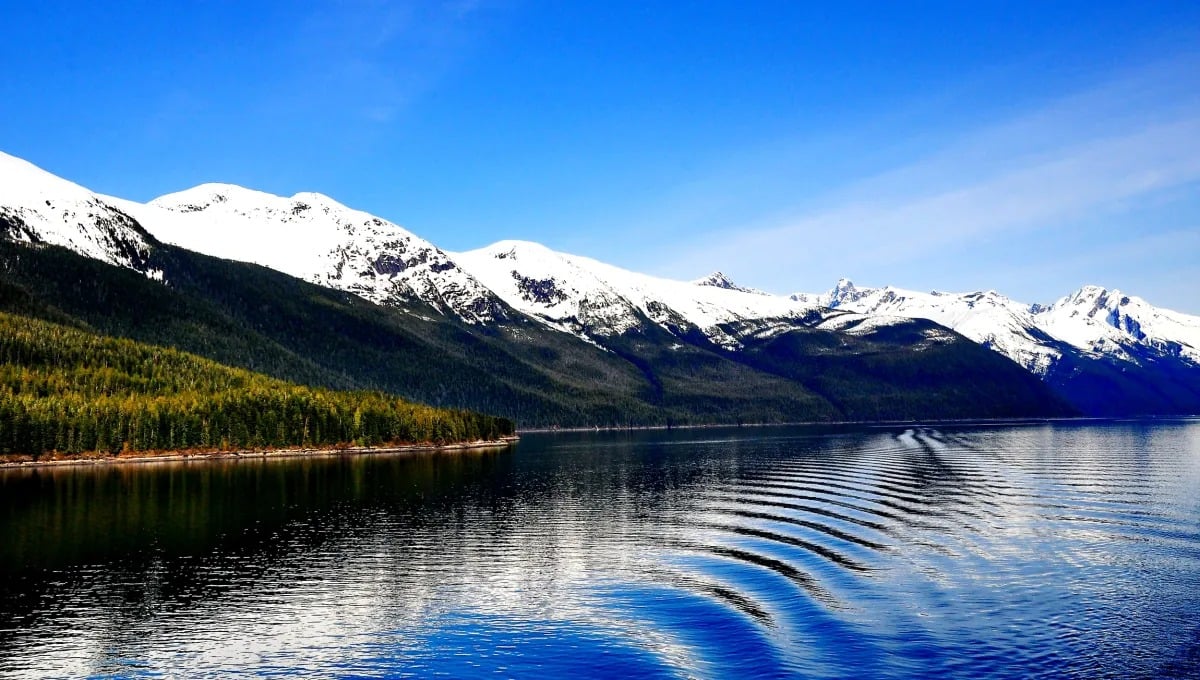
Alaska is a haven for outdoor enthusiasts looking for the perfect escape into the wilderness. With thousands of acres of public lands and hundreds of public campgrounds, tent camping is my favorite way to experience everything this beautiful state has to offer. Not only is it affordable, but also allows you to maximize your time experiencing the beauty of Alaska – not hanging out in your hotel room.
But I get it – tent camping in Alaska may seem daunting, especially if you are new to the world of camping. To help prepare for your trip, I’ve round-up my top tent camping tips for those interested in visiting the Last Frontier and diving fully into the wilderness experience.
Time to Go Camping
Still on the fence about sleeping on the ground? Here are my top reasons why tent camping is one of the best ways to experience Alaska:
- Close to Nature: Living amidst the elements, you'll see more wildlife, spend more time in nature, and meet travelers and locals alike that have knowledge of the best trails and sights in the area.
- Flexibility: Alaska is immense. With a tent, you aren't bound to reservations months ahead. Explore freely, choosing each campsite based on your whims or where the day’s journey has led. Most tent sites throughout the state are first-come, first-serve, allowing you a lot of flexibility on where you stay each night.
- Affordability: While Alaska can be expensive, tent camping allows for budget-friendly exploration. Most public sites average around $15-$20 a night, while ‘dry camping’ on public lands is entirely free! Save money on accommodations and channel those funds into experiences like glacier walks or kayaking.
Car Camping vs. Backcountry Camping: What is Right for You?

Your camping style significantly influences your Alaskan experience and the gear you will need to bring. Here’s a rundown of your options:
Car Camping: This is the gateway to camping in Alaska. Drive to established campsites, where amenities are usually provided, and camp at a site near your car. It’s perfect for those wanting a taste of wilderness while maintaining a security blanket or wanting a few extra comforts – such as a cooler or air mattress. Popular sites like Denali National Park and Chugach State park offer a variety of car camping options with scenic views.

Backcountry Camping: For seasoned adventurers, this is the heart and soul of Alaskan camping. Backcountry camping involves packing all of your gear into a pack and hiking miles into the forest to camp for the night. This will require lighter gear that is specifically made for backcountry camping and will require a permit if you are camping in a national park or state park.
Public Use Cabins: For those who want a bit more protection from the elements, that state of Alaska has constructed remote, public use cabins throughout the state. These “bare bones” cabins offer the essential basics (a wood stove and wooden bunks) without providing electricity or water. This is a great option if you plan on camping in the colder months or in the rain. You can see locations and reserve a cabin on the Alaska State Park website.
Top Tips for Tent Camping in Alaska
Tent camping in Alaska is a great experience, but a little bit of planning and preparation can dramatically improve your experience. Here are the top tips for camping that I’ve compiled after years of camping throughout the Last Frontier.
Be Bear Aware
Remember, bears aren’t just a possibility—they’re a reality. Beyond bringing a bear-proof container for the backcountry, carry bear spray and learn how to use it. Make sure you have a couple canisters of bear spray in your tent at night, and you can easily access it. Most car camping sites throughout the state provide bear containers at the parking lot. These metal containers are for your food and anything scented (including toothpaste, deodorant, and bug spray). Be sure to store everything in these containers at night and while you are away from your site during the day.
Dress in Layers
Alaska isn't just cold; it can be wet, windy, and then surprisingly warm. Merino wool is a fantastic base layer as it wicks moisture and insulates even when damp. A down or synthetic mid-layer helps trap warmth, and a windproof, waterproof outer layer shields you from the elements. Be sure to pack plenty of layers for cold nights and light layers for summer – even if you’re visiting in July or August.
I always grab a pair of thick, wool socks for the nights, and throw a hot water bottle into my sleeping bag to make sure I stay cozy all night long.
Prepare for Midnight Sun
This isn't just about sleep disturbance. The prolonged daylight can disorient your sense of time. Set a routine during your camping trip and pack an eye mask and sleeping aids to help you fall asleep at night. It is very easy to lose track of time when the entire day feels like noon. The good news is that you don’t need to worry about packing a headlamp or lantern if you are visiting in the summer!
Choose Campsites Wisely
The ideal spot isn't just about the view. When you’re looking for a great camping spot to spend the night or a few days, look for ground that is firm but not compacted, and not in a boggy area. If you’re camping in the backcountry, look around and avoid camping near game trails, as this can increase the likelihood of a bear encounter. Also camp away from streams and rivers, and keep an eye out for dead trees or limbs that are above your campsite, as windstorms are common in Alaska and you will want your tent protected in case something falls.
Stay Informed
Check in with the local ranger station or visitor center in the area you plan on camping. They can update you on weather conditions, trail closures, or recent wildlife activity. Also, be sure to ask about any permits you need if you are camping in the backcountry. Permitting varies by area and each park may have a different rule.
Leave No Trace
Beyond packing out trash, review the principles of Leave No Trace. Camp at least 200 feet from lakes and streams. Use biodegradable soap sparingly, and when answering nature's call, dig a cathole at least 6-8 inches deep or use designated facilities.
If you plan on camping on a glacier or on an ice field, you will need to pack out everything – including your poop! But don’t worry, it’s a learning experience for all of us!
Stay Connected
Connectivity isn't about posting on social media but about safety. A satellite phone or GPS beacon isn't an over-preparation; it's a lifeline, especially when far from trails. Inform someone back home of where you plan on camping and when they can expect for you to check back in. Cell signals are limited along the roads and backcountry, so have a clear plan of action for your contact person if you miss your check in.
Invest in Quality Gear
The Alaskan wilderness is no place for gear that might fail. A four-season tent with a robust rainfly is critical if you’re camping outside of winter, and a three-season tent with an excellent rainfly is needed even in summer. Make sure your tent also has tight netting to prevent mosquitoes and no-see-ums from entering into your tent. Ensure your sleeping bag can handle temperatures lower than you expect, and opt for a down or down alternative bag. It also never hurts to throw in an extra tarp, as this can come in handy to make a dry picnic area or provide extra protection over your tent.
Stay Hydrated and Well-Fed
Alaska’s cold can deceive you into feeling less thirsty. Regularly drink water and consider a portable water filter for purity. High-fat, high-calorie foods are your friend in the cold. Consider local fish or game for protein, but try to always prepare your food and eat your food at least 400 feet away from your tent. Never keep food in your tent, even during the day while you are away. Bears are active during the day and night, so you don’t want to provide any incentive to enter your tent.
Educate Yourself on Local Flora

Many plants in Alaska have medicinal properties or are edible. Yet, some can be harmful if consumed. Brush up on local flora and learn what you can and cannot eat. One of the best perks of summer are the robust berry bushes found throughout the state. Enjoy nature’s bounty, but double-check the berries each time you pick them.
If you’re camping in Kodiak, enjoy some delicious salmonberries on my behalf!
A Trip to Remember
Tent camping in Alaska is more than an adventure; it's an experience that reshapes how you view the world and yourself. As you lay in your tent, listening to the distant call of a moose or the gentle patter of rain on the canvas, you'll realize that Alaska isn't just a place you visit; it's a state of mind. Prepare diligently, respect the land, and carry every memory close to your heart. Safe travels and happy camping!

